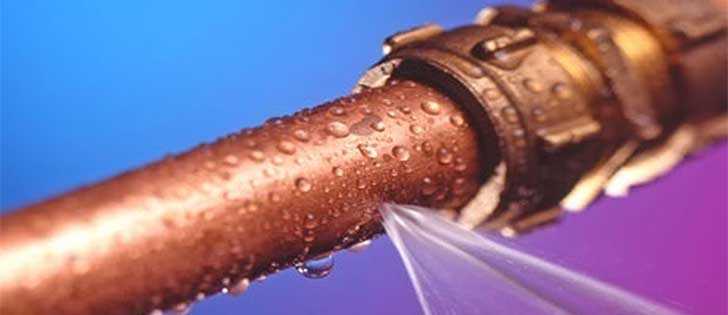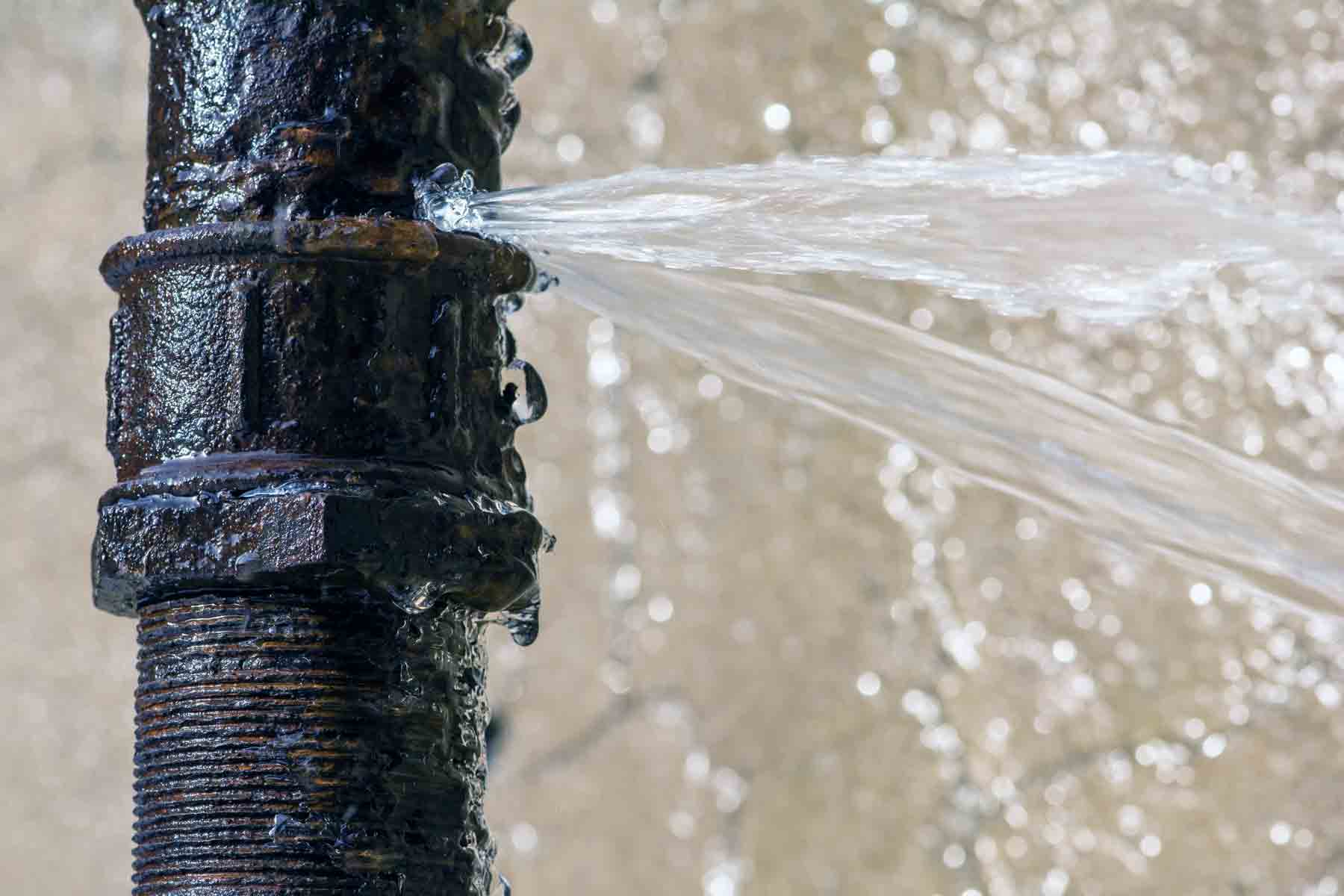Avoiding Burst Water Lines: Necessary Tips to Shield Your Pipes
Stopping burst pipes is an important worry for property owners, especially during chillier months when the threat of cold is increased. Implementing tactical actions such as correct insulation, regular evaluations, and keeping regular indoor temperature levels can significantly reduce the chance of pipe failing.
Understand Pipe Vulnerabilities
Recognizing pipeline susceptabilities is vital for reliable pipes upkeep and avoiding pricey damages. A number of elements add to the sensitivity of pipelines to bursts, including product structure, age, and environmental conditions. Older pipes, especially those made from galvanized steel or polybutylene, commonly weaken gradually, resulting in raised danger of ruptures and leakages.
Temperature level changes can additionally considerably impact pipe stability. In cooler environments, water entraped in pipes can ice up, expanding and applying pressure on the pipe walls, which may inevitably lead to a burst. High water pressure can strain pipes, particularly at joints and bends, increasing the probability of failure.

Insulate Pipeline Effectively
Proper insulation of pipes is important for stopping cold and subsequent bursts throughout winter (burst pipe). Insulating your plumbing system successfully safeguards against temperature level goes down that can result in costly damages. Begin by identifying at risk areas where pipes are revealed to exterior temperature levels, such as cellars, attic rooms, and outside wall surfaces
Usage foam pipeline insulation sleeves or wrap insulation tape around these locations to offer a safety obstacle. Ensure that all areas of the pipes, specifically those with minimal warm direct exposure, get adequate insulation. Pay unique interest to installations and joints, as these are a lot more prone to cold.
When protecting, it's vital to select materials that satisfy local building regulations and are ideal for the specific setting. For circumstances, fiberglass insulation is often suggested for its thermal resistance residential or commercial properties - burst pipe. In addition, consider utilizing heat cords or tape in extreme problems, which can be plugged in to provide supplemental warmth
Regularly inspect insulated pipelines for any type of signs of wear or damage, as jeopardized insulation can decrease its effectiveness. By taking these positive measures, you significantly lower the threat of pipe bursts, guaranteeing a dependable plumbing system throughout the winter season.
Maintain Consistent Temperature Level
A secure indoor temperature is important for avoiding ruptured pipes throughout the icy months. When temperatures Continue decrease, water within pipes can freeze, producing and broadening pressure that might inevitably create the pipes to ruptured.Utilizing a programmable thermostat can aid take care of interior temperature levels effectively, making certain that areas with plumbing stay warm also when the residence is empty.
This minor circulation of water can avoid cold by minimizing stress within the pipelines. By applying these techniques, property owners can considerably minimize the risk of pipeline bursts and secure their pipes systems against the severe winter months aspects.
Regularly Inspect Plumbing
Routine inspections of pipes systems are essential for preventing ruptured pipelines and maintaining general home integrity. Routine checks permit property owners to identify potential concerns before they rise right into expensive repair work or significant water damages. Throughout these assessments, it is important to analyze noticeable pipelines for indicators of rust, leakages, or wear. Pay unique interest to locations vulnerable to cold, such as basements, attics, and outside wall surfaces.
Additionally, evaluating joints and links is crucial, as these points are frequently prone to leaks. Homeowners should also examine water pressure levels, as too much stress can strain the pipes system and boost the threat of pipeline bursts.
Think about organizing specialist pipes assessments at the very least annually, particularly prior to winter season, to guarantee your system is prepared for chillier temperature levels. Routine assessments not right here just aid in recognizing immediate worries yet likewise foster long-lasting maintenance approaches that can boost the lifespan of your plumbing system. By being positive in your method, you can secure your home against the costly and turbulent repercussions of burst pipelines. Prioritizing plumbing examinations is a financial investment in your house's health and wellness.
Know Emergency Situation Treatments
Comprehending emergency procedures is essential for every home owner, specifically after conducting normal pipes assessments. Being prepared for a pipes emergency can dramatically mitigate damages and conserve expenses.
Following, maintain crucial tools useful. A pipes emergency kit should include a wrench, plunger, and towels, in addition to a flashlight and a bucket for small leaks. Additionally, take into consideration having the call information for a relied on plumbing readily available, ought to the circumstance intensify past your control.
If you detect a leakage or burst pipeline, promptly switch off the supply of water and inform your plumbing professional. Furthermore, document the damage with photos for insurance policy purposes. burst pipe. Recognize the signs of possible pipes issues, such as uncommon water stress variations or damp spots on wall surfaces
Inevitably, proactive understanding and quick action are critical in taking care of pipes emergencies, guaranteeing your home remains secured and decreasing potential damages.

Verdict
To conclude, stopping burst pipes requires a multifaceted method that consists of understanding pipeline vulnerabilities, correct insulation, maintaining constant interior temperatures, routine inspections, and expertise of emergency treatments. By implementing these essential methods, the threat of plumbing failings can be dramatically minimized, consequently guaranteeing the longevity and performance of the pipes system. Aggressive procedures not just guard against possible damages but likewise add to overall water conservation and the security of home.
In chillier climates, water trapped in pipelines can freeze, expanding and putting in stress on the pipeline walls, which may inevitably lead to a ruptured. When temperatures decline, water within pipes can ice up, developing and increasing pressure that might eventually trigger the pipelines to ruptured. By applying these methods, property owners can considerably lower the threat of pipeline bursts and safeguard their plumbing systems versus the extreme winter months aspects.

Comments on “Understanding the Causes of a Burst Pipe and How to Prevent It”